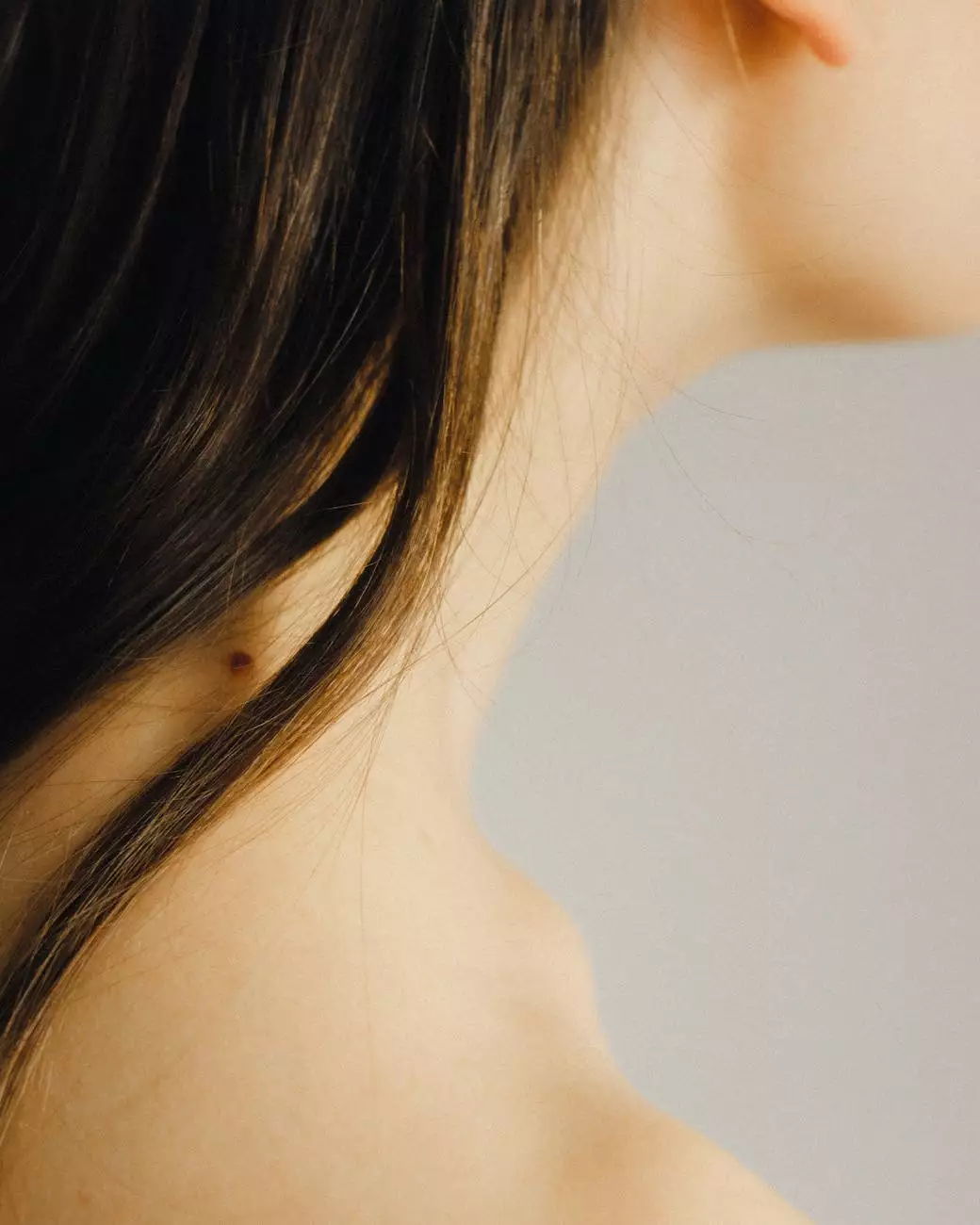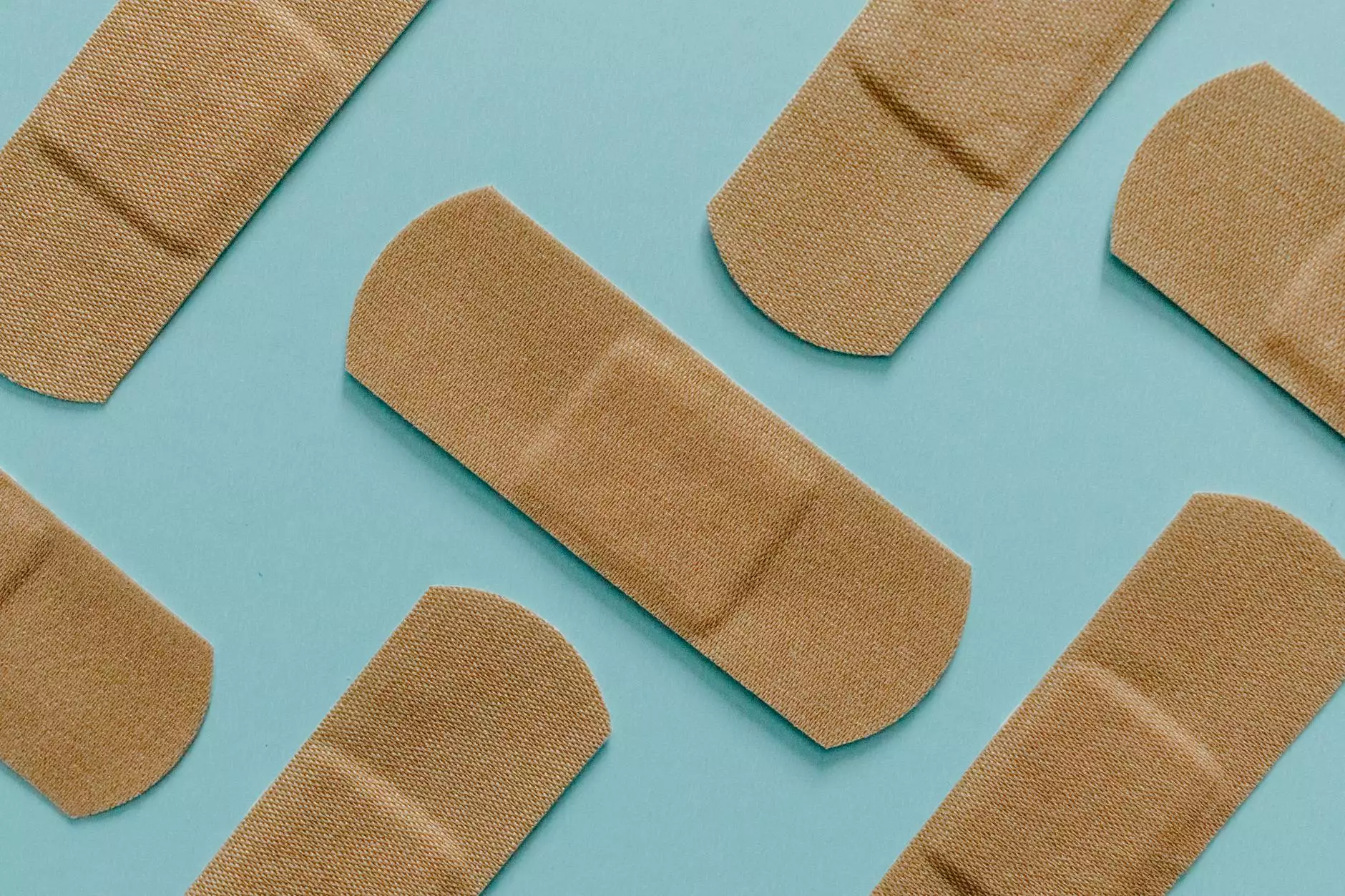Thirsty Mosquitoes May Bite More in Droughts
Blog
Introduction
Welcome to Bowling Orthopaedics, your trusted source for health information. In this article, we will explore the fascinating relationship between droughts and mosquito activity. Understanding how droughts impact mosquito populations can help you take the necessary precautions to protect yourself and your loved ones from potential mosquito-borne diseases.
Mosquitoes and Their Behavior
Mosquitoes are tiny insects belonging to the Culicidae family. They are known for their irritating bites and their ability to transmit diseases such as malaria, dengue fever, and Zika virus. Mosquito behavior is influenced by various factors, including climate, temperature, and availability of breeding sites.
Droughts and Mosquito Activity
During droughts, a shortage of water sources occurs. This scarcity prompts mosquitoes to become more active, seeking out alternative sources to quench their thirst. The lack of natural water bodies, such as ponds or wetlands, drives mosquitoes to find new habitats, often in closer proximity to human settlements. As a result, communities living in drought-affected areas may experience higher mosquito activity.
The Role of Stagnant Water
Mosquitoes require stagnant water to breed and lay their eggs. While drought conditions reduce the availability of naturally occurring bodies of water, humans unintentionally create more breeding sites. For example, residents may store water in open containers, which can provide ideal breeding grounds for mosquitoes. Additionally, neglected swimming pools, clogged gutters, and unused containers can collect water, creating favorable conditions for mosquito reproduction.
Protective Measures During Droughts
1. Eliminate Standing Water
To minimize mosquito breeding grounds, it is crucial to eliminate any standing water around your property. Regularly empty and clean containers that can collect water, such as flower pots, buckets, and birdbaths. Additionally, ensure that your gutters are clean and free from blockages.
2. Use Mosquito Repellents
Insect repellents play a vital role in protecting yourself from mosquito bites. Look for repellents containing active ingredients like DEET, picaridin, or oil of lemon eucalyptus (OLE). Apply the repellent according to the manufacturer's instructions, especially when spending time outdoors or in areas with dense mosquito populations.
3. Wear Protective Clothing
When venturing into mosquito-prone areas, wearing long-sleeved shirts, long pants, socks, and closed-toe shoes can provide an effective physical barrier against mosquito bites. Additionally, opt for light-colored clothing, as mosquitoes are attracted to darker colors.
4. Install Protective Screens
Keep mosquitoes out of your living spaces by installing protective screens on doors and windows. This prevents them from entering your home while allowing fresh air to circulate.
5. Mosquito-Proof Your Yard
Make your yard less appealing to mosquitoes by regularly trimming vegetation and mowing the lawn. Mosquitoes prefer shaded areas, so ensuring proper sunlight exposure can help reduce their presence. Consider using outdoor fans, as mosquitoes are weak fliers and have difficulty flying in strong winds.
Conclusion
As droughts impact mosquito behavior, it is essential to understand how these insects adapt to changing environmental conditions. By implementing preventive measures, such as eliminating standing water and using mosquito repellents, you can significantly reduce the risk of mosquito bites and the potential transmission of diseases. Stay informed, stay protected, and reach out to Bowling Orthopaedics for more valuable health insights.




